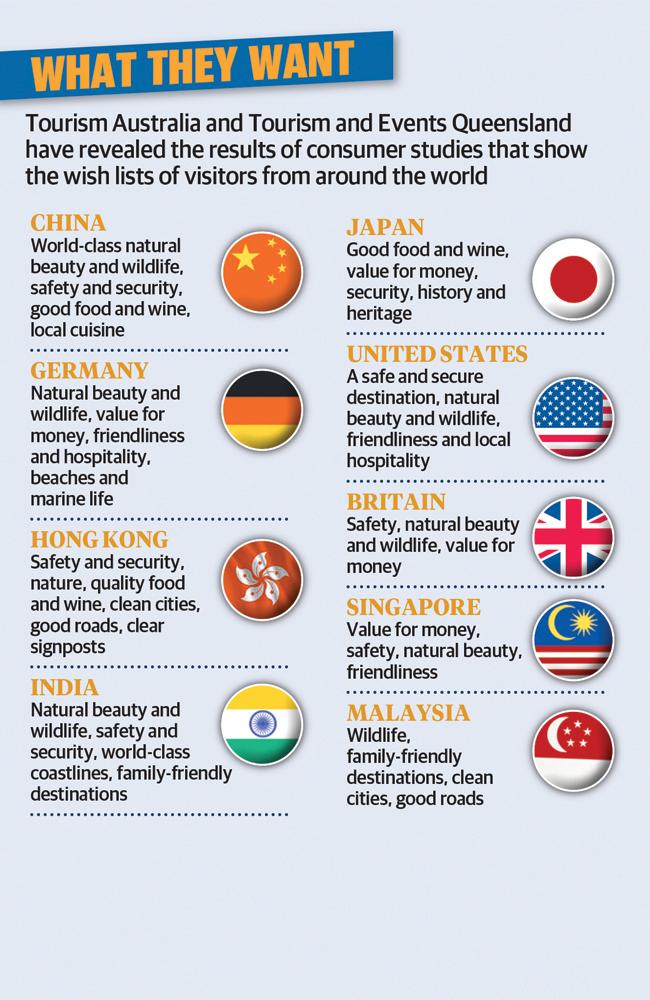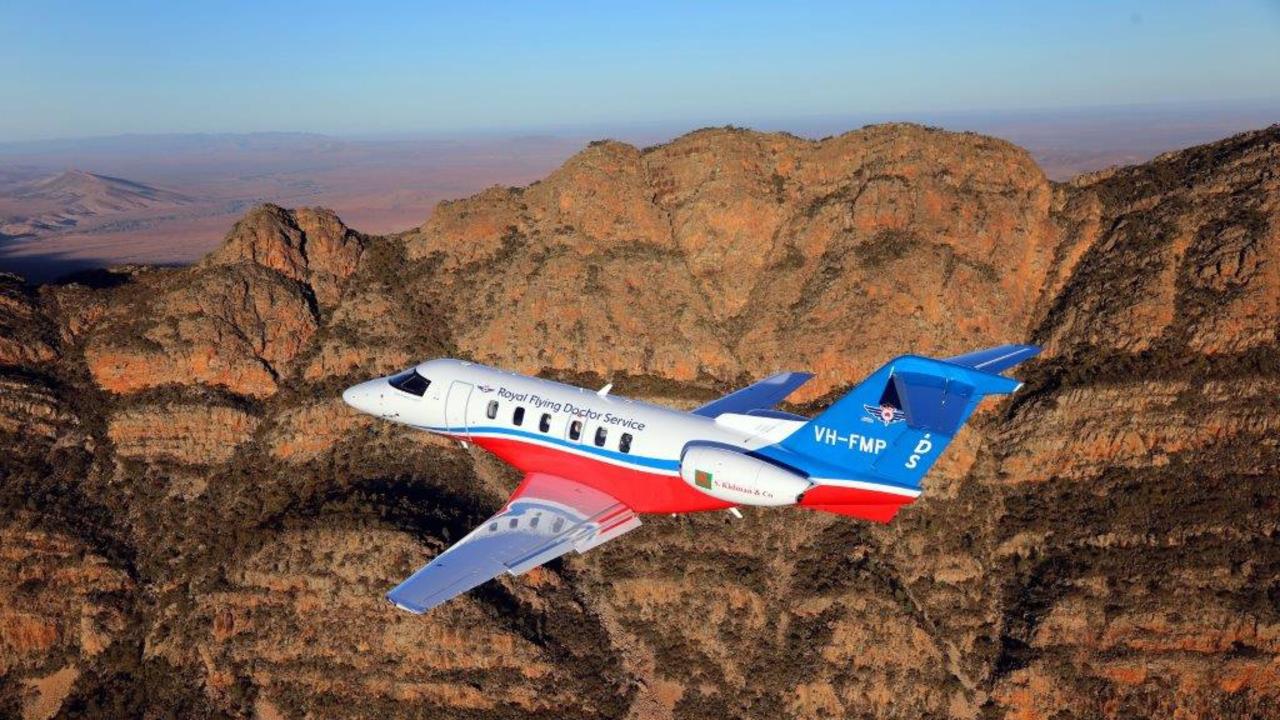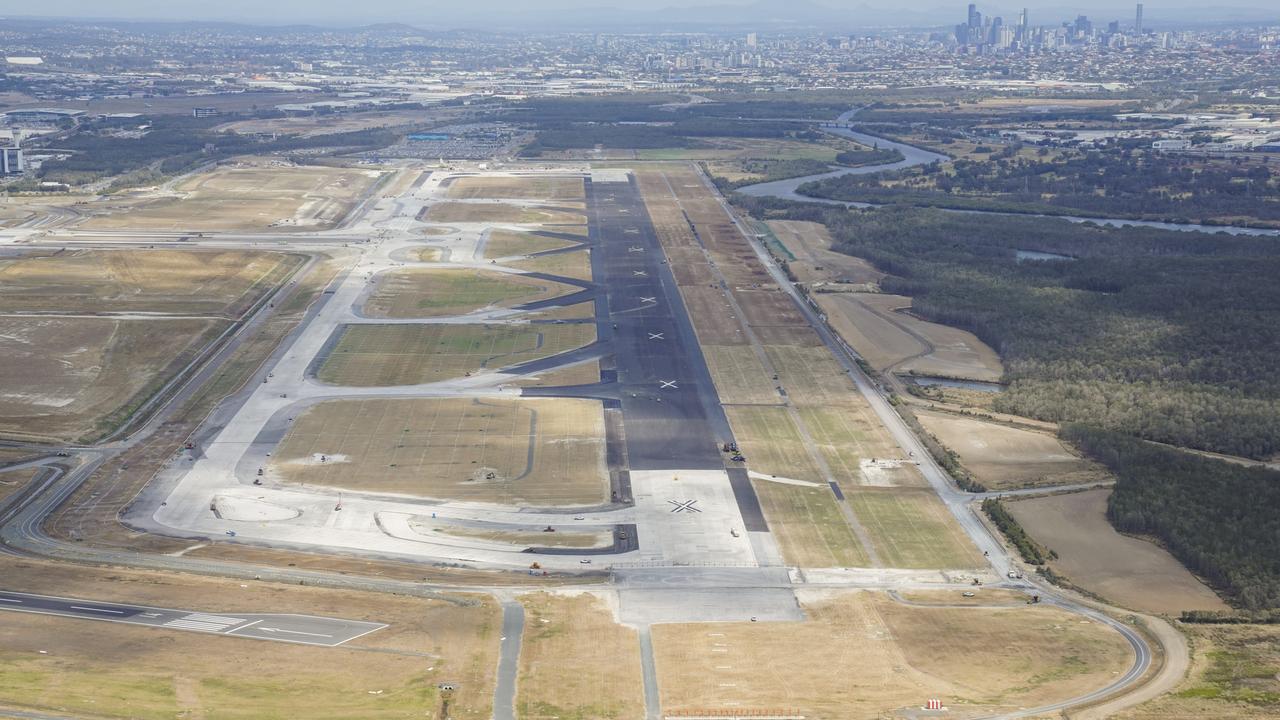Brisbane tourism: Airport eyes 23 new direct routes
Emerging middles classes in global tourist hot spots will be targeted as Brisbane Airport eyes 23 new direct routes in and out of the city.
Future QLD
Don't miss out on the headlines from Future QLD. Followed categories will be added to My News.
EMERGING middle classes in South America and Asia are prime targets for new direct air routes into Queensland over the next decade, according to airport bosses.
Brisbane Airport is eyeing off 23 possible new routes to add over the coming decade, to help fill the extra capacity when its $1.3 billion second runway opens next year.
Qld tourism: Sleeping giant India set to awaken
Future tourism: Personal safety fears keep Chinese away from regions
Future Tourism lunch: Your chance to hear from the experts
Brisbane Airport Corporation executive general manager of aviation development Jim Parashos said new markets needed a mix of inbound and outbound demand to be successful.
“Brisbane has sizeable Brazilian and Columbian communities, we’ve got fairly close business links with South America, and that is certainly a point that we would like to see connected,” he said.
“At the moment a lot of that traffic flows either by Sydney or Auckland, but we think we’re not that far away from being able to demonstrate that it can be done on a non-stop basis.”
Other major targets for direct flights are six more cities in China, including Beijing, Delhi and Mumbai in India, Jakarta in Indonesia and Thailand’s resort island of Phuket.

“China is a huge market and will always be a focus of ours but equally the markets that we’re focused on for the next few years are places like Jakarta, Ho Chi Minh (Vietnam), Delhi and Mumbai – the places that have got significant emerging middle classes and people who actually want to come to Australia as well,” Mr Parashos said.
Airport executives have also been in talks this week with bosses from Dallas Fort Worth Airport in the US.
Dallas Fort Worth Airport CEO Sean Donohue said direct flights between the cities could happen within two years.
“I don’t think there’s a lot of doubt on the size of the market; it just comes down to timing now,” he said.

Queensland Airports Limited CEO Chris Mills said longer-range narrow-body aircraft would create new markets for regional airports.
“This opens up new opportunities for ports like the Gold Coast and Townsville, such as Asian markets that would previously not have supported wide-body flights,” he said.
“Asia and the Pacific will continue to be the key focus for us, with traditional markets like New Zealand still in need of ongoing investment.”
New foreign carriers are not expected to offer any domestic services – a practice known as cabotage.
A federal Department of Infrastructure, Regional Development and Cities spokesman said a long-standing international practice restricted cabotage and reserved domestic markets for airlines of the home country.
“In Australia’s case, the only exception to this policy is New Zealand, whose airlines are able to operate cabotage services as part of the single aviation market between New Zealand and Australia though, to date, New Zealand airlines have not chosen to take up this opportunity for commercial reasons,” he said.
Book your ticket to the Future Tourism lunch event


